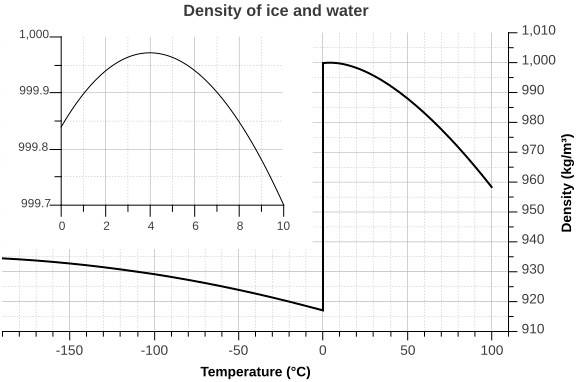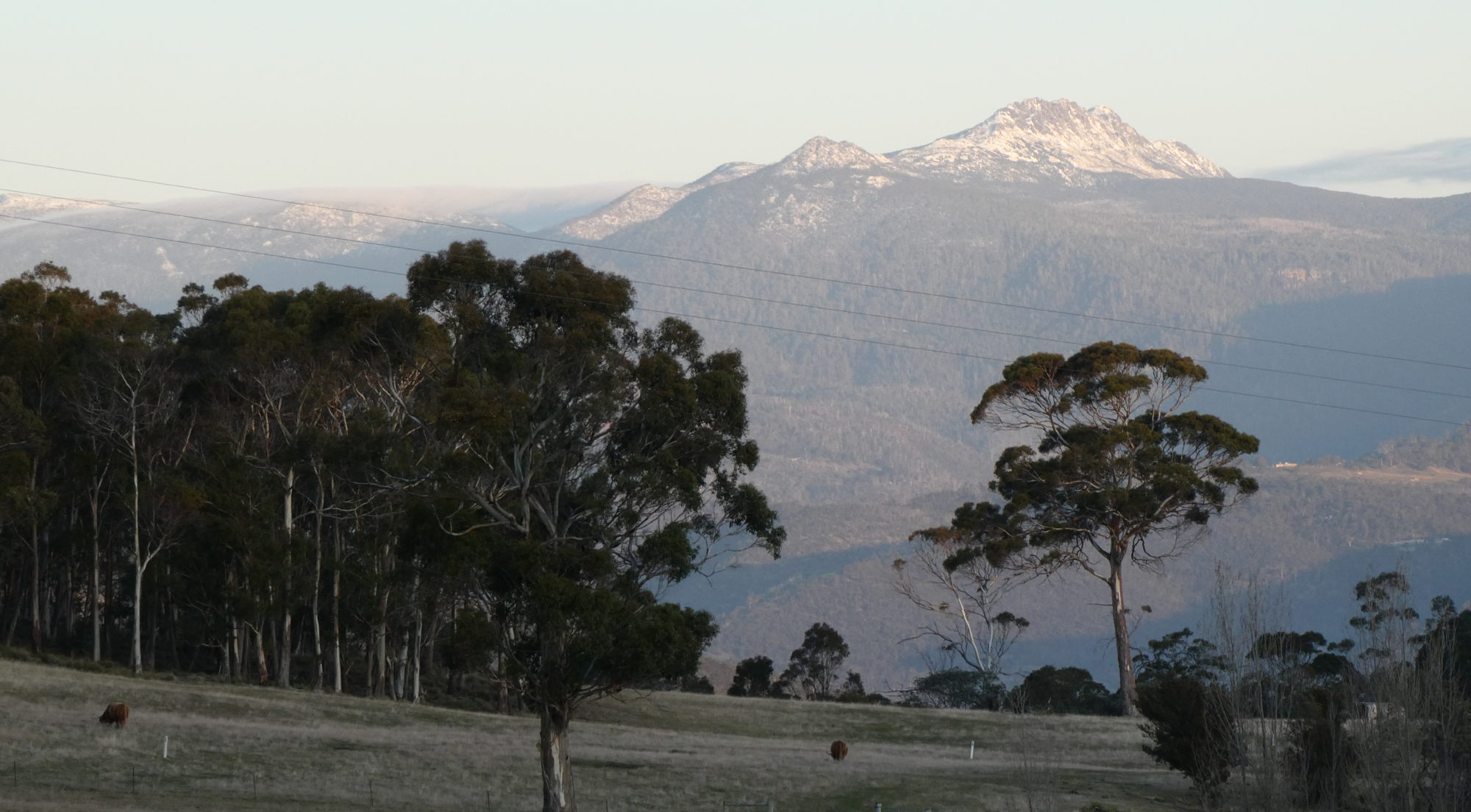
By John Reid
This post is my reponse to Roy Spencer’s post at https://www.drroyspencer.com/2024/01/how-much-ocean-heating-is-due-to-deep-sea-hydrothermal-vents/ in which he states:
The fact that deep-sea towed probes over hydrothermal vent sites can’t even measure a temperature increase in the mineral-enriched water means there is no way for buoyant water parcels to reach up several kilometers to reach the thermocline.
He is wrong about this. There is an extensive literature on this topic which he does not reference; for example here is a recent paper by some of my former colleagues: Downes et al (2019) Hydrothermal Heat Enhances Abyssal Mixing in the Antarctic Circumpolar Current.
In broad intuitive terms it boils down to the following:
- As stated, the measured global-average ocean temperature below 200m depth is 4 deg. C. This is precisely the temperature at which water has its maximum density. This is not a coincidence; any increase in local temperature near the ocean floor will be accompanied by a decrease in density relative to the surrounding water, so initiating convection. Water convected in this way entrains surrounding water to form a plume which decreases in temperature and increases in density as it rises until convection ceases. Such plumes are observed above HTVs which are called “black smokers” because of the discolouration of the plume with mineral sulphides. HTV plumes generally only rise a hundred metres or so above the ocean floor, the maximum height being related to the power (rate of heat flux) of the vent.
- Black smokers are a “steady state” scenario like hot springs on land. On land “non-steady-state” events occur in the form of volcanic eruptions which occur randomly in both time and space. Volcanic eruptions also occur on the ocean floor and are many order of magnitude more powerful than HTVs. As a result their plumes rise much higher above the ocean floor than do HTV plumes. A sufficiently powerful volcanic eruption can generate a plume which is only stabilized when it reaches the warmer mixed layer. In short, submarine volcanoes do not heat the bottom of the ocean, rather, they heat the top of the ocean, the mixed layer.
Observational evidence supporting this description was found recently when the temperature of mixed layer of the North Atlantic was observed to increase by 4 deg C within a week. There is no possible explanation for this in terms of “climate change”; it happened too suddenly. A submarine volcanic eruption on the Mid-Atlantic Ridge to the south of Iceland is the most likely explanation. Indeed southern Iceland has itself recently experienced unusual volcanic activity.
This is discussed more fully at https://blackjay.net.au/north-atlantic-heatwave/


You make learning a joy.